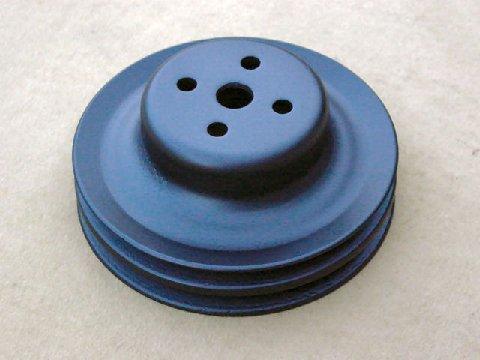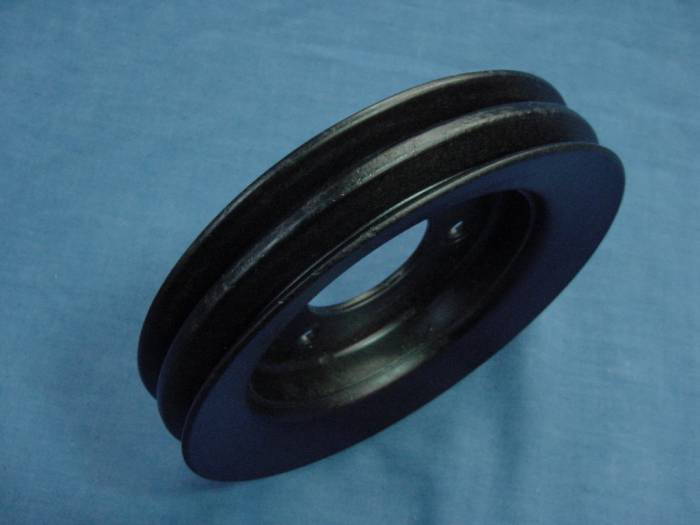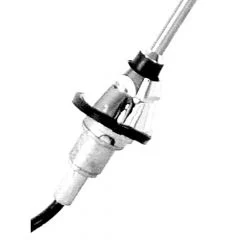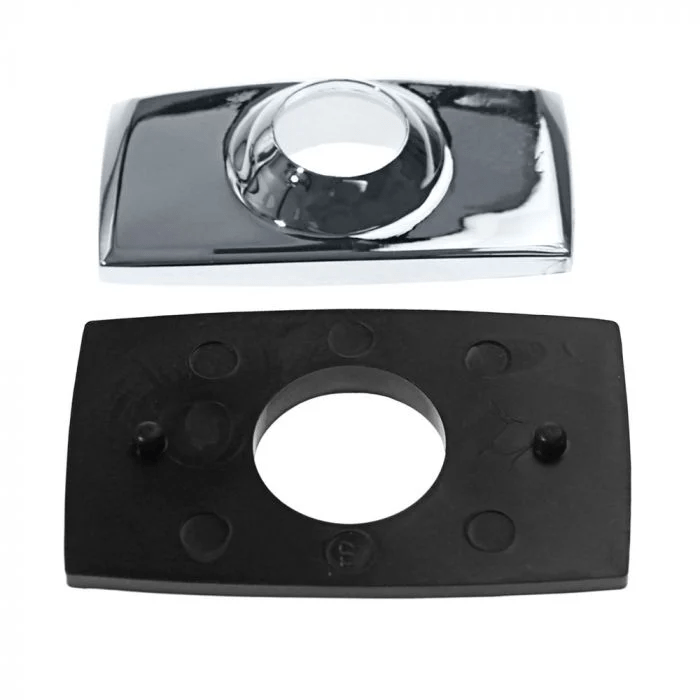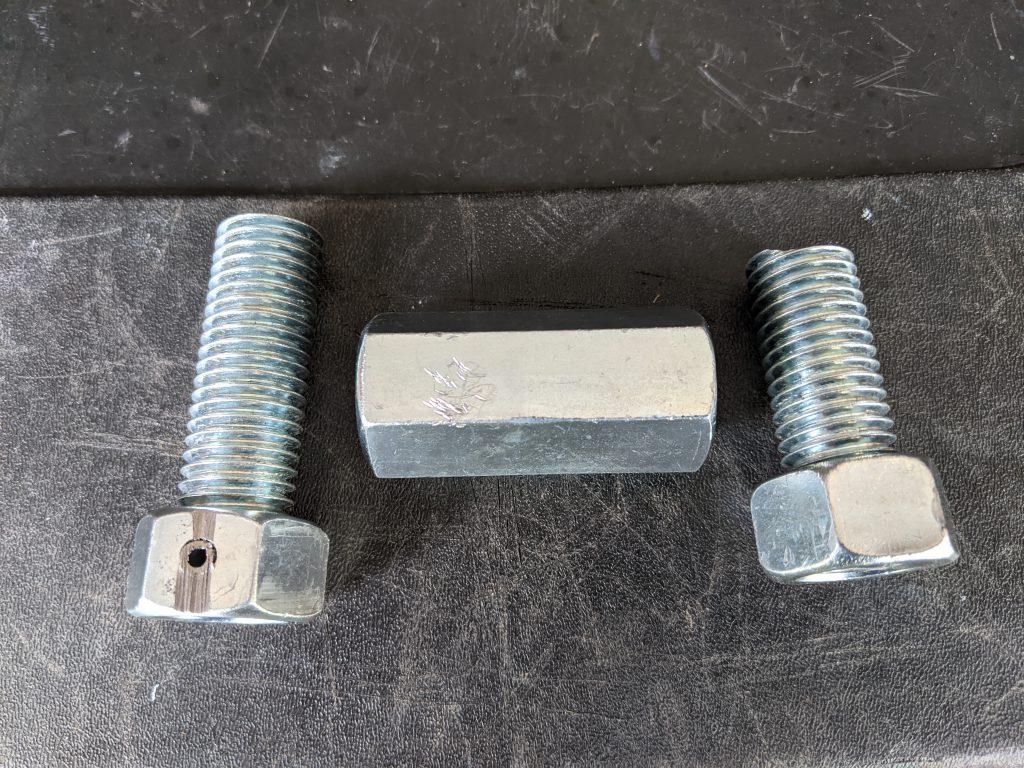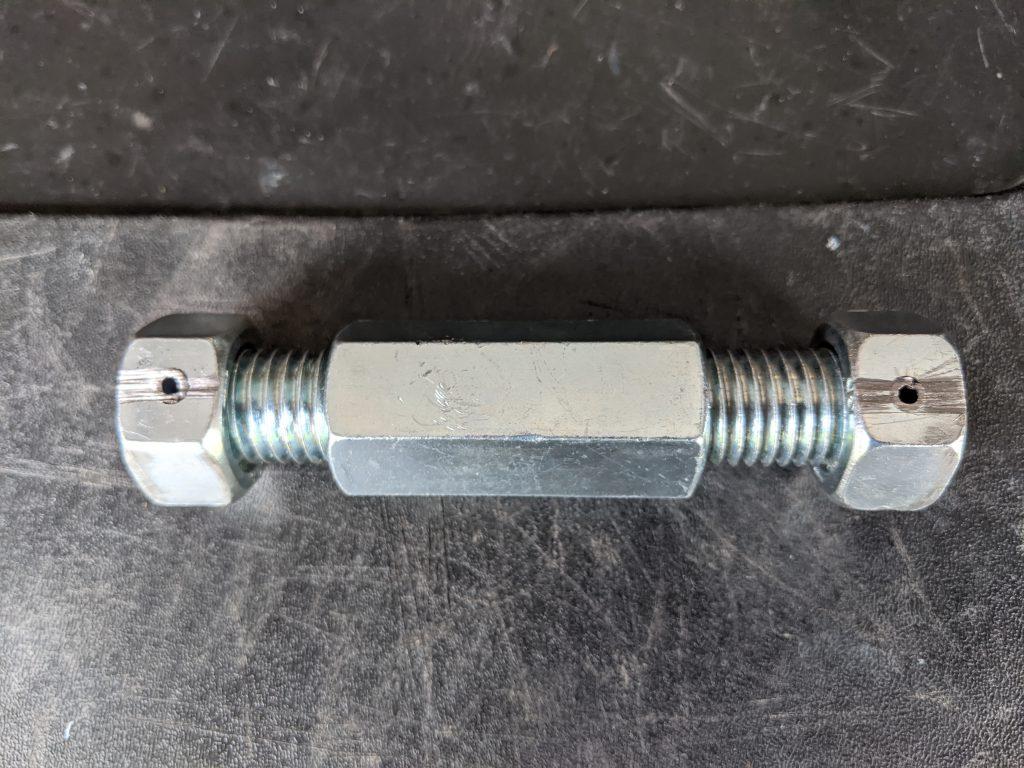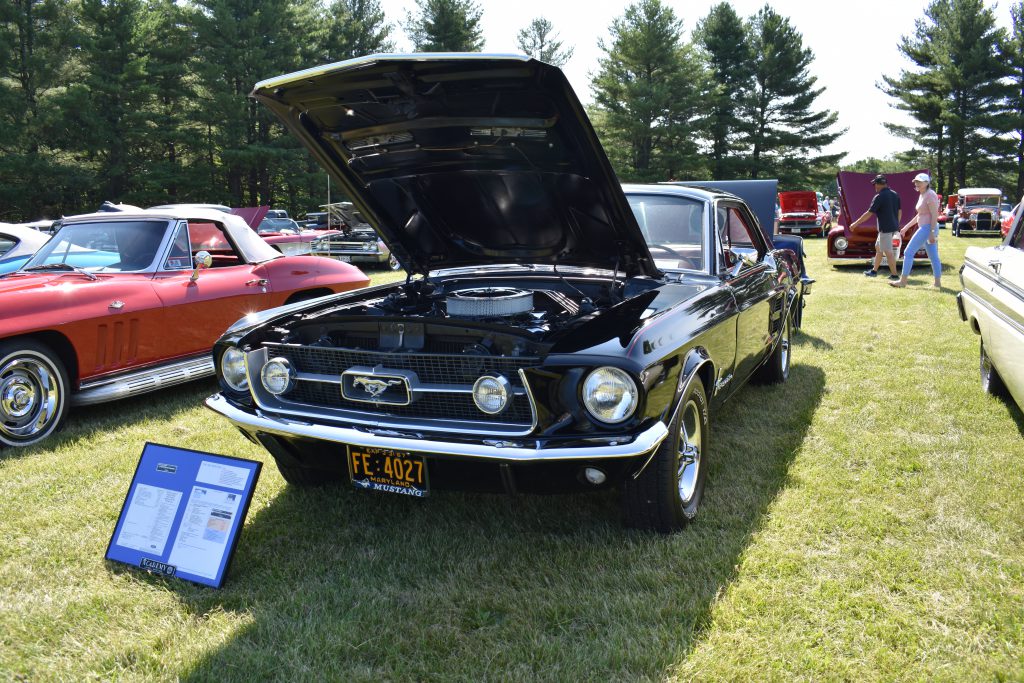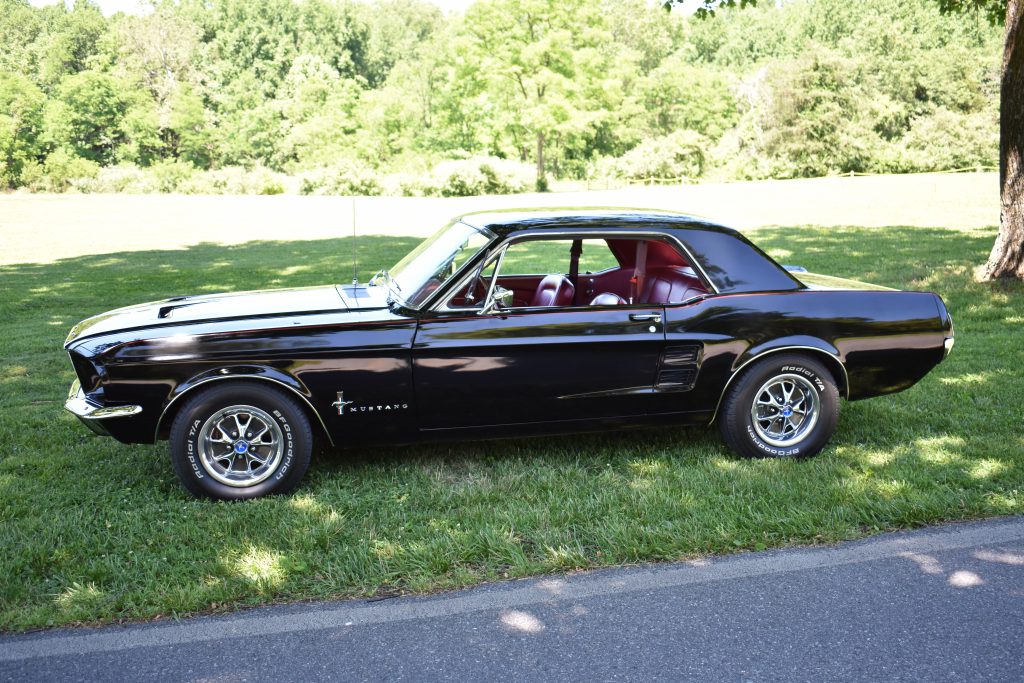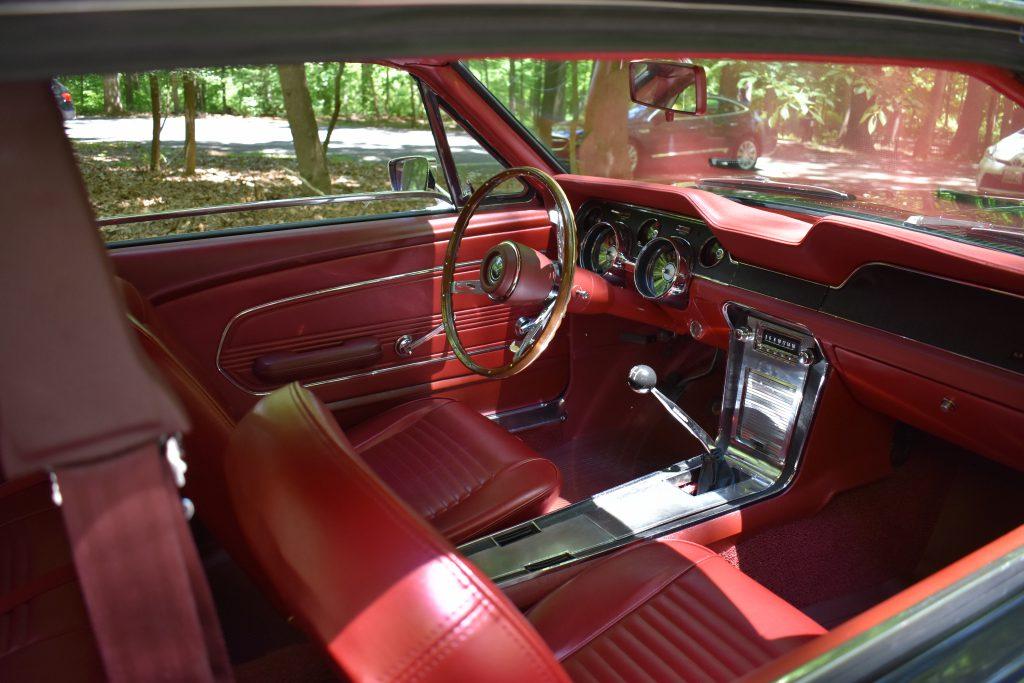After waiting patiently for a month, I received a shipment notification from Vintage Air. My A/C kit was on the way from Texas. Even with the Christmas holiday and the shipping delays attributed to Covid the kit arrived in just 4 days. This corresponded to three working days as the package was delivered on 12/26, the day after Christmas. The kit came packaged in three big heavy boxes.
I brought the packages inside and opened up each one of them. I actually remembered to snap a few photos as I opened each one. The first box I opened was the evaporator, compressor bracket, hoses, and associated hardware. Everything was pretty well wrapped, and instructions along with a packing list was included in each individual bag inside the box.
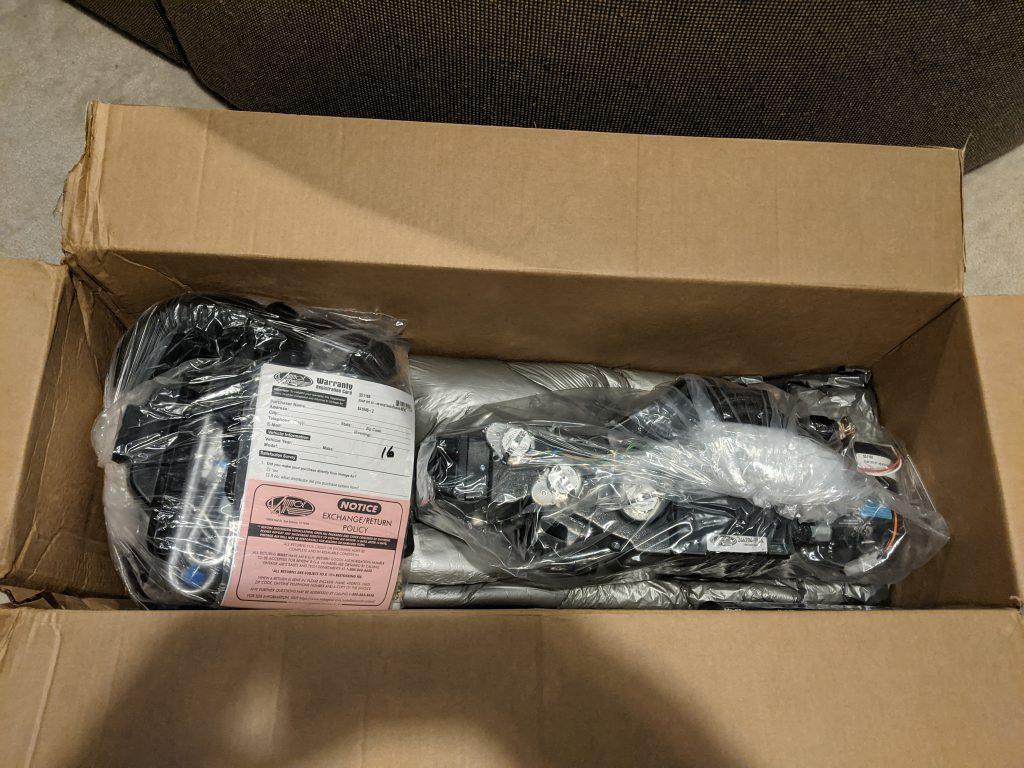
The next box to open contained the compressor. The compressor had a choice of finishes: natural, polished, or chrome. I chose the natural finish version as it was less expensive. Again, there was plenty of packing material to protect the compressor.
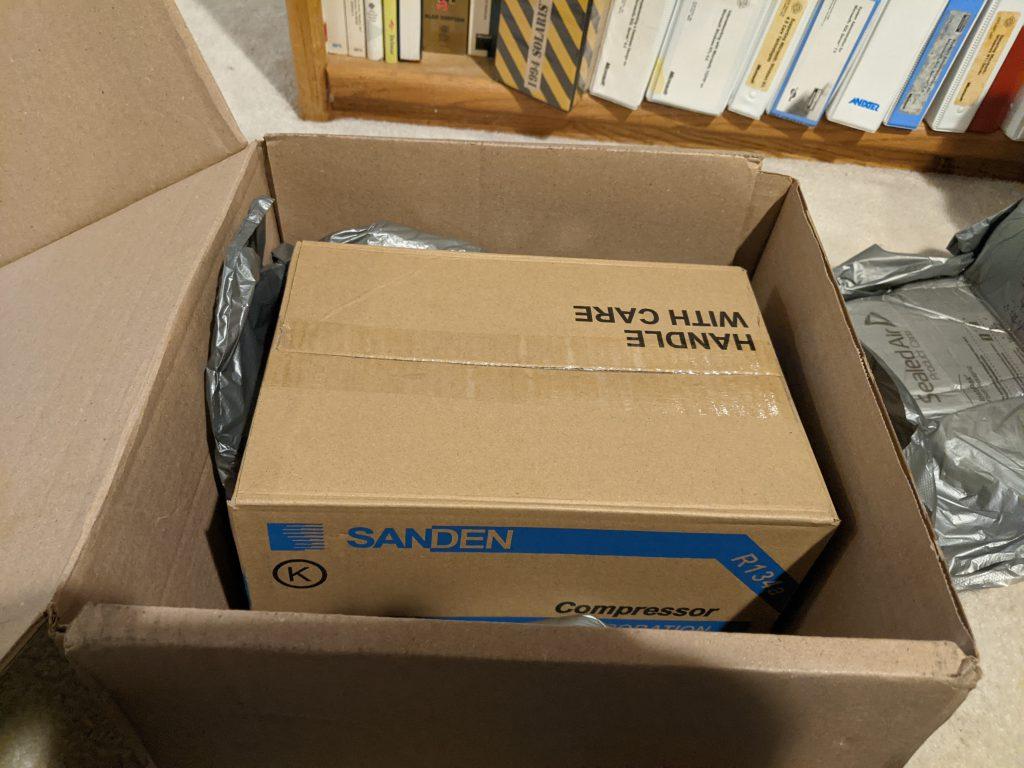
The last box contained the condenser, drier, hoses, brackets, and associated hardware. This picture was after I unwrapped some of the parts that were packaged on top of the condenser box.
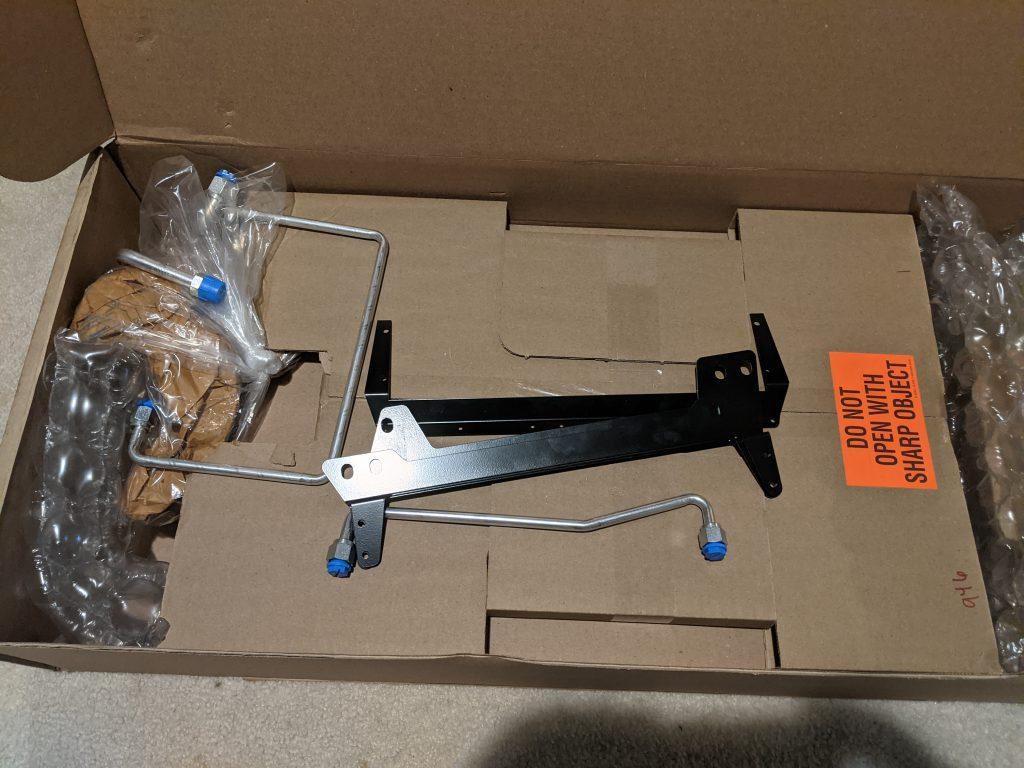
After opening all the boxes I found some of the enclosed paperwork and started reading. The first thing that caught my eye was a warning that the purchaser must inventory the parts and notify Vintage Air within 15 days of any shortages. Since it is cold outside and my garage isn’t heated I knew it would probably be more than 15 days before I started the install. That meant I had to set aside some time now to inventory everything in the kit.
Once I did find the the time to inventory the kit, I observed that each box contain a packing list. Some of these packing lists showed that other small parts kits were included. Each of those small parts kits also included their own packing lists. I found this very helpful in ensuring that every nut, bolt, grommet, and O-ring was included. While inventorying the entire kit proved to be very time consuming, the very detailed packing lists left me feeling comfortable that all the parts were accounted for.
After the inventory was completed, there were two things I wasn’t expecting. The first was that the compressor bracket comes unpainted. None of the other brackets were bare metal. I can only assume that this was done so that you could apply whatever finish and color you would like to the compressor bracket. The other unexpected item was that the hoses in the kit only had crimped on ends at one end of the hose. The connectors for the other end of the hoses were included, but were not crimped on. I assume that they need to be cut to fit but I don’t know for sure yet. That also means that I will need to purchase or rent a crimping tool, or find a shop that can crimp them on for me. Probably not a big deal, just unexpected.
On the next warm day I plan to work on installing the condenser and painting the compressor bracket. On days where I don’t want to work outside I can still do some preassembly with some of the brackets and control conversion. But right now I’m tired from just unboxing and inventorying all the parts.


